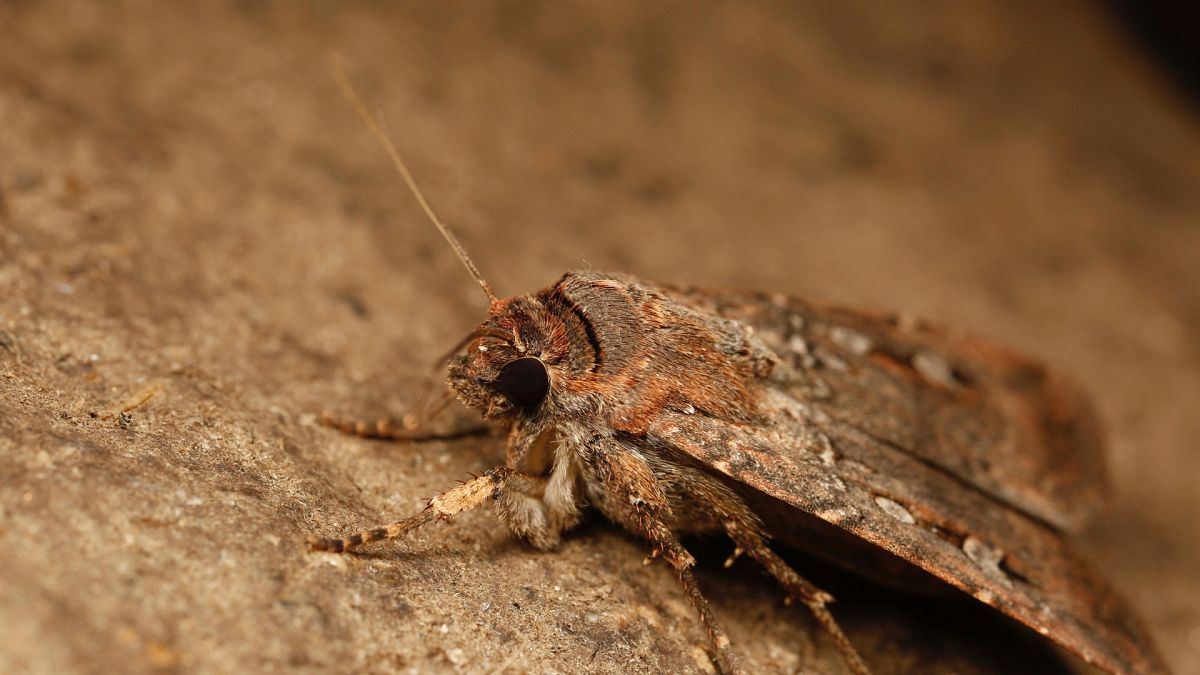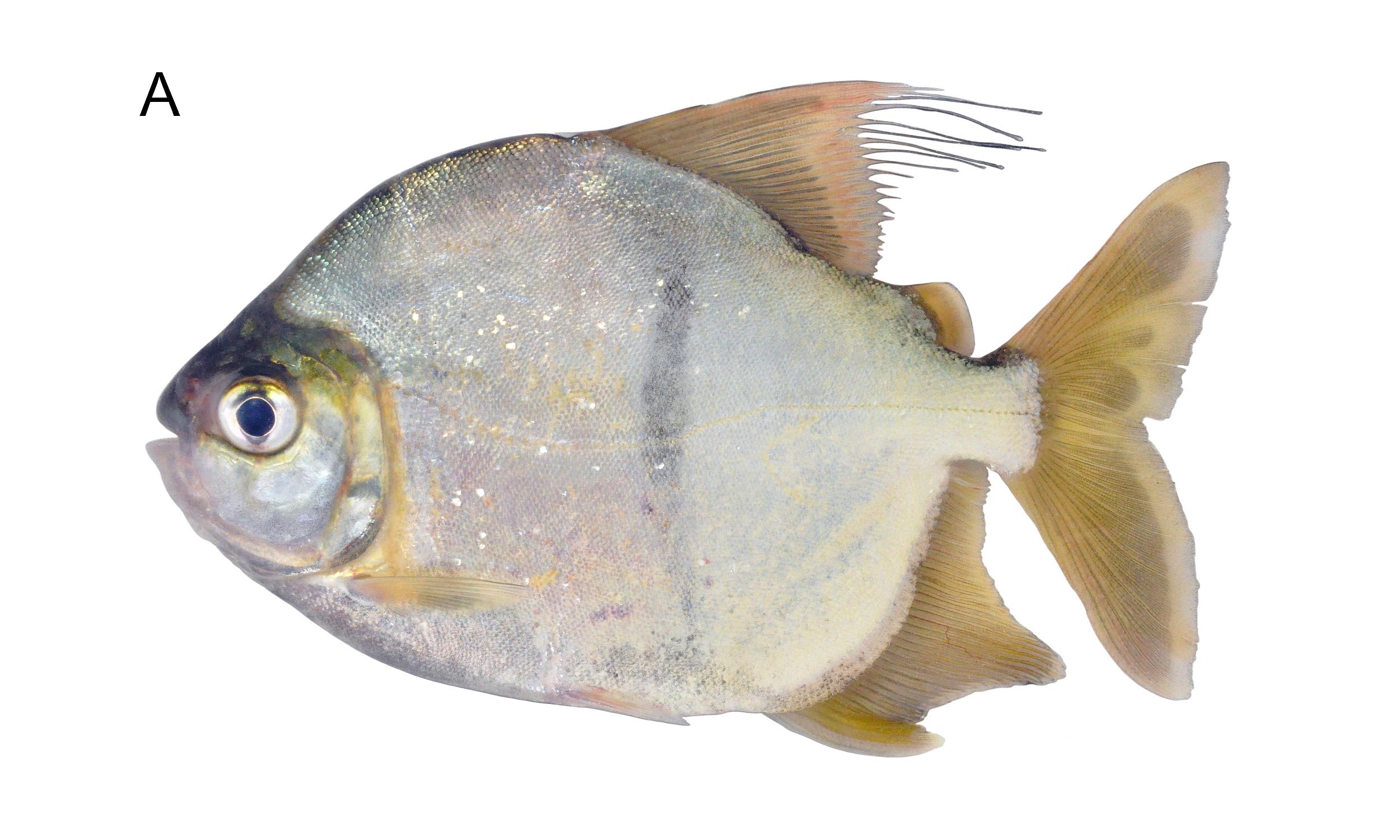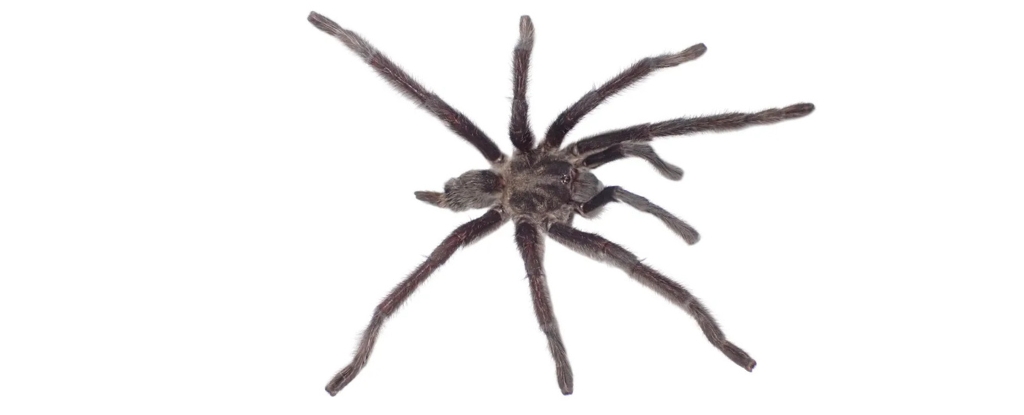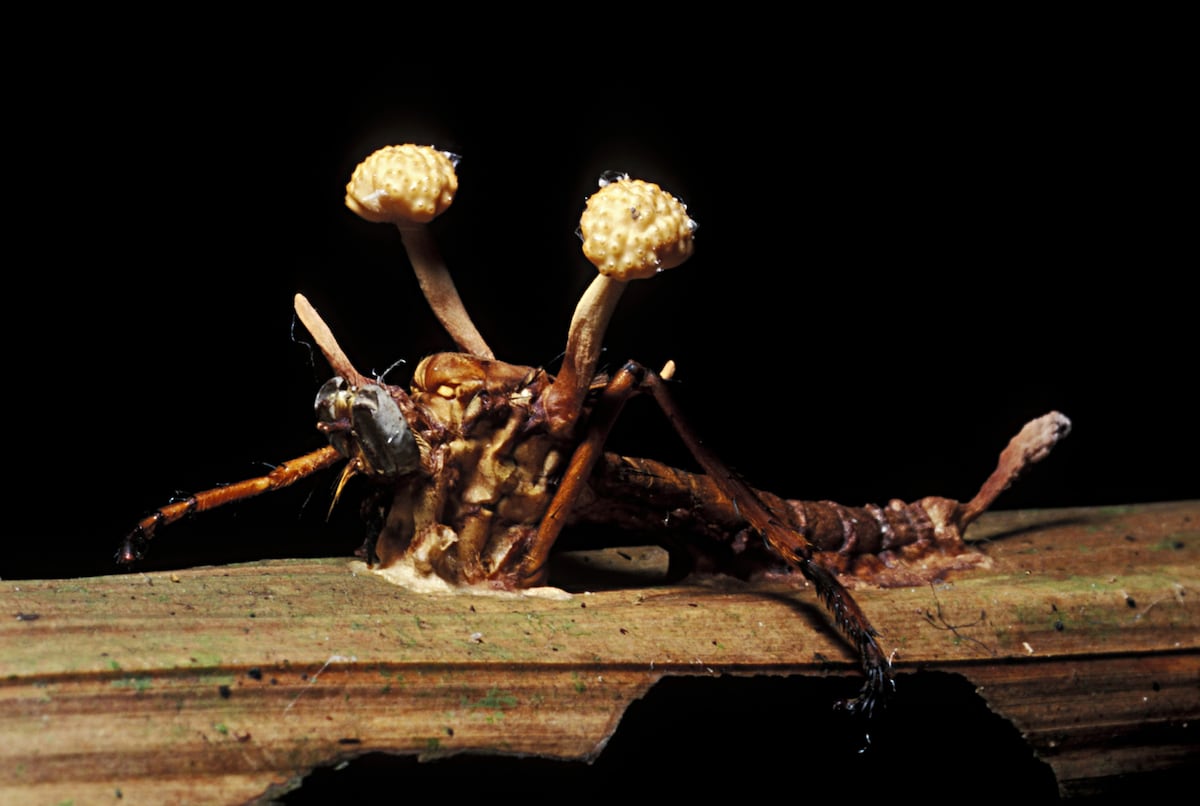Australian Moths Navigate by Stars During Epic Migration

An astounding new study reveals that Bogong moths, a nocturnal species native to Australia, utilize the night sky as their navigational compass during their annual migration. This remarkable behavior is a testament to the complex adaptations of these creatures, which rely on the stars to traverse distances of nearly 1,000 kilometers to escape the rising temperatures of summer and seek refuge in the cool caves of the Australian Alps.
These moths embark on a significant journey every year, making their way to specific caves, where they rest and breed before returning to their original habitats to die. Their migratory patterns have intrigued scientists, particularly because, unlike birds, moths are the first known invertebrates to navigate such vast distances using celestial cues.
Historically, researchers have pondered how these moths manage to travel to locations they've never visited before. Previous investigations suggested that they might use cues from the Earth’s magnetic field in conjunction with visual landmarks. However, the new study focuses specifically on the moths’ reliance on the stars, which appear in consistent patterns throughout the night.
To explore this hypothesis, scientists employed a flight simulator that replicated the night sky above the moths while isolating them from the influence of the Earth’s magnetic field. They meticulously observed the moths' flight patterns, switching the stars’ positions to assess how these changes affected the moths' navigation. When the night sky was presented as it naturally appears, the moths confidently flew in the correct direction. Conversely, when the stars were scrambled, the moths became disoriented, and their brain cells demonstrated heightened activity in response to specific star placements.
The research findings were published on Wednesday in the prestigious journal Nature. Kenneth Lohmann, an animal navigation expert at the University of North Carolina at Chapel Hill, commented on the study, stating, “It was a very clean, impressive demonstration that the moths really are using a view of the night sky to guide their movements.” This reinforces the understanding that while many animals, such as birds, utilize the stars for navigation, the Bogong moths represent a unique example of this phenomenon among invertebrates.
Yet, researchers remain curious about the specific features of the night sky that the moths rely on. Could it be the Milky Way's luminescent band, a vibrant nebula, or another celestial entity that serves as their guiding light? The answer remains elusive, but what is evident is that these tiny insects depend on the stars for their remarkable journey, in addition to using Earth’s magnetic fields as navigational aids.
Considering their diminutive size, with brains smaller than a grain of rice, the ability of Bogong moths to perform such complex navigational feats is nothing short of extraordinary. David Dreyer, the study’s author from Lund University in Sweden, expressed his amazement, stating, “It's remarkable that an animal with such a tiny brain can actually do this.” This research not only sheds light on the navigational strategies of Bogong moths but also opens avenues for further exploration into how other species, both vertebrate and invertebrate, interpret and interact with the cosmos in their survival endeavors.




























